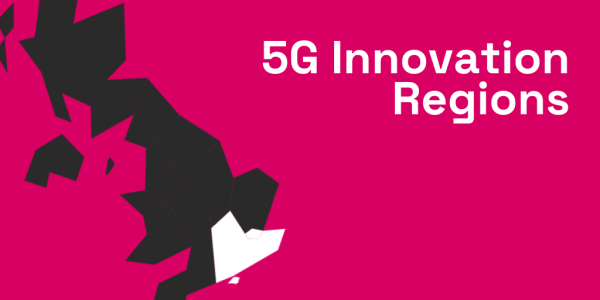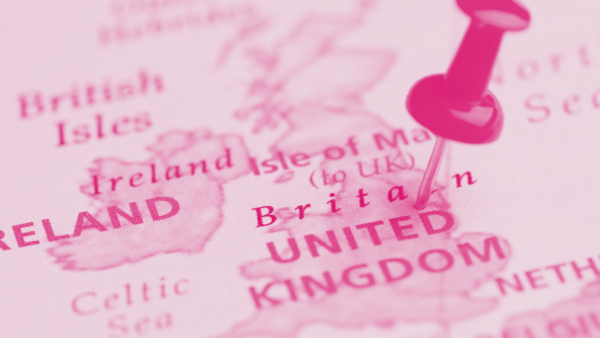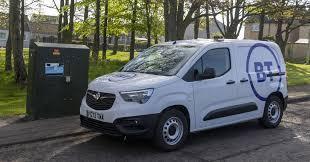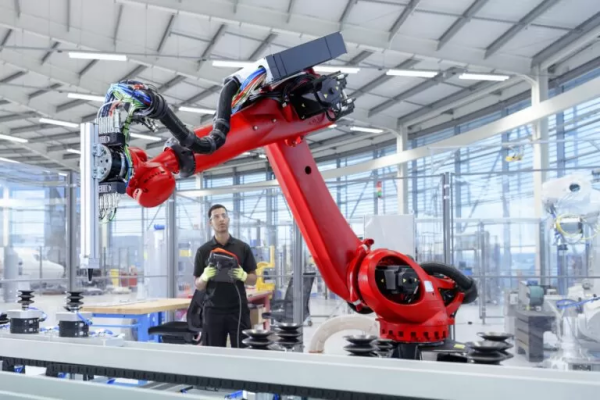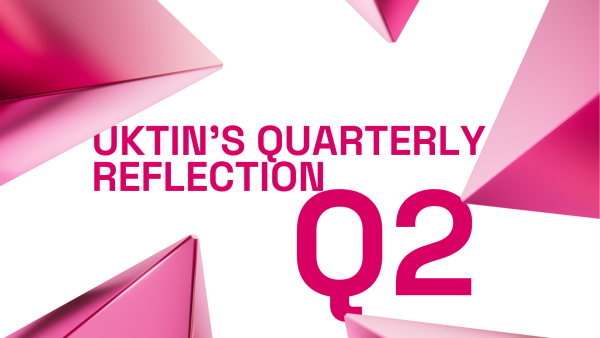Written by Nick Wood for Telecoms.com
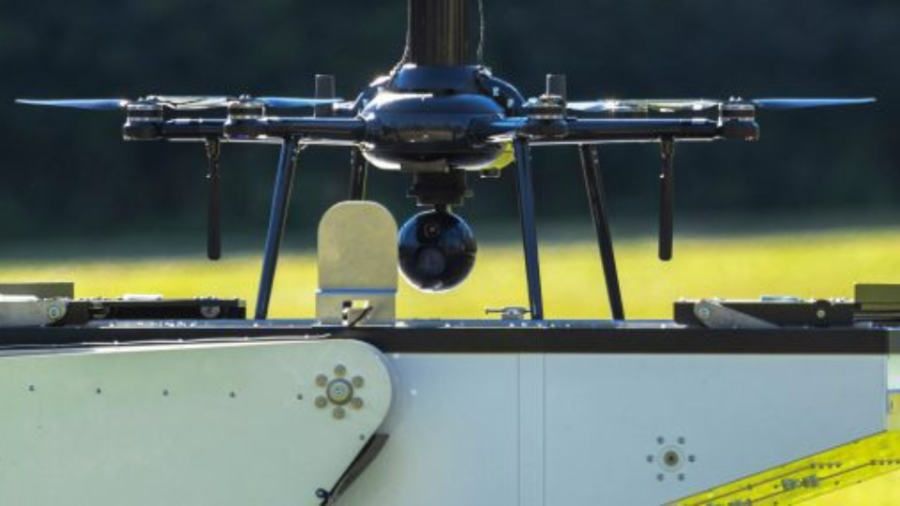
Finnish kit vendor Nokia hopes to encourage commercial drone adoption with a new all-in-one solution.
The two major drone use cases that have emerged in recent years are delivery services and inspection/monitoring. Nokia’s new offering is for the latter, and is pitched at public safety agencies, smart cities, and the construction, energy and defence sectors.
Called Nokia Drone Networks, it comprises drones with dual-gimbal stabilised cameras. They can connect to public or private 5G or LTE networks, promising customers a stable connection at beyond visual line of sight (BVLOS). Nokia claims these drones can offer up to 50 minutes of flight time and can cover distances of up to 30 kilometres, depending on their configuration.
The solution also comes with a docking station that supports remote drone operations by providing what is essentially a small hangar that recharges the aircraft in between flights and protects it from hazardous environments.
Once deployed, Nokia’s drones can be programmed to carry out autonomous scheduled flights, which could be handy for regular equipment inspections, or providing security companies or first responders with a better view of a large event, for example.
Nokia is also bringing its MX Industrial Edge (MXIE) solution to bear, which means customers can store and process data in real time at an edge cloud. MXIE’s open API framework also means customers can install pre-integrated Nokia – and third-party – apps, unlocking new and exciting drone-related public safety and Industry 4.0 use cases.
“Our mission is to reshape the industrial UAV (unmanned aerial vehicle) market, providing enhanced situational awareness to aid search and rescue, surveillance, and other UAV operations in a wide variety of industries,” said Thomas Eder, head of embedded wireless solutions at Nokia, in a statement.
“The unique feature set enabling the integration of Nokia drones with third-party applications will aid the transformation of the drones, allowing them to be used as a flying data collection platform leveraging reliable 4G and 5G edge cloud connectivity,” he added.
Nokia is particularly keen to point out that its drone-in-a-box solution is fully CE-certified, meaning it meets EU safety standards. It has also been designed to comply with the remote operation requirements laid out by both the European Aviation Safety Authority (EASA) and the US Federal Aviation Agency (FAA).
“This will help us address growing market demands as a turnkey provider with a solution designed and produced in Europe,” said Eder.
Indeed, according to Drone Industry Insights, the overall drone market – which includes recreational as well as commercial drones – is expected to be worth $55.8 billion by the end of the decade, compared to $30.6 billion in 2022. The commercial segment is expected to outperform the broader market, notching up a compound annual growth rate (CAGR) of 8.3 percent, compared to 7.8 percent for the drone sector as a whole.
In the UK alone, a report last summer by PwC predicted that by 2030 there will be more than 900,000 drones operating in UK skies, and that the commercial drone market will contribute £45 billion to the economy. The sector is also expected to support – either directly or indirectly – more than 650,000 jobs.
The incentives for the likes of Nokia – and others – to get in on the action are clear. Here are some vids.
Click here to read the original article.


